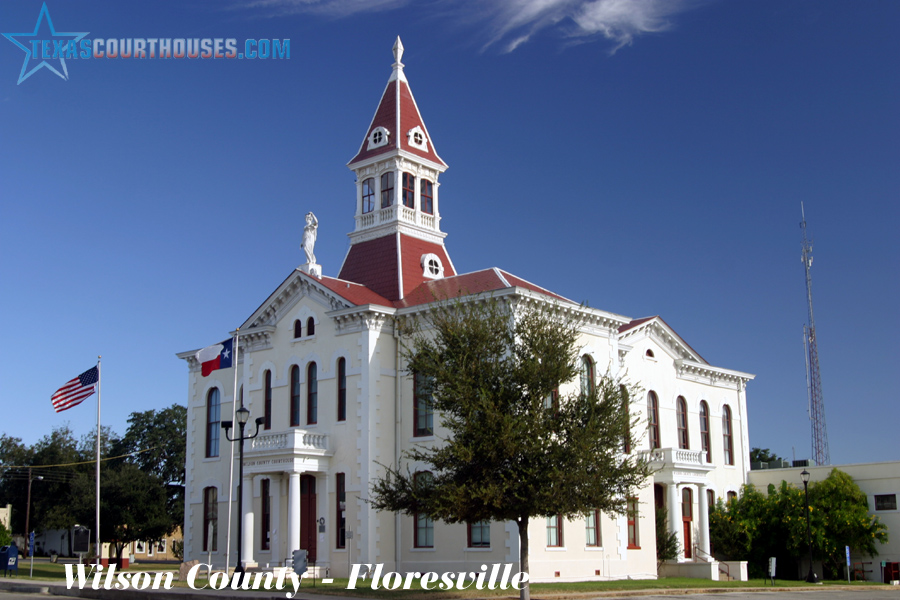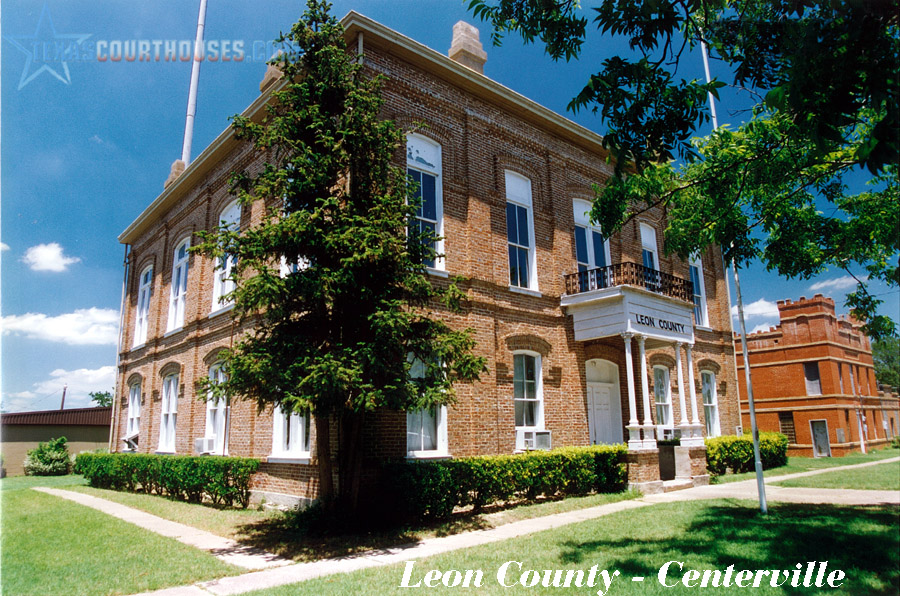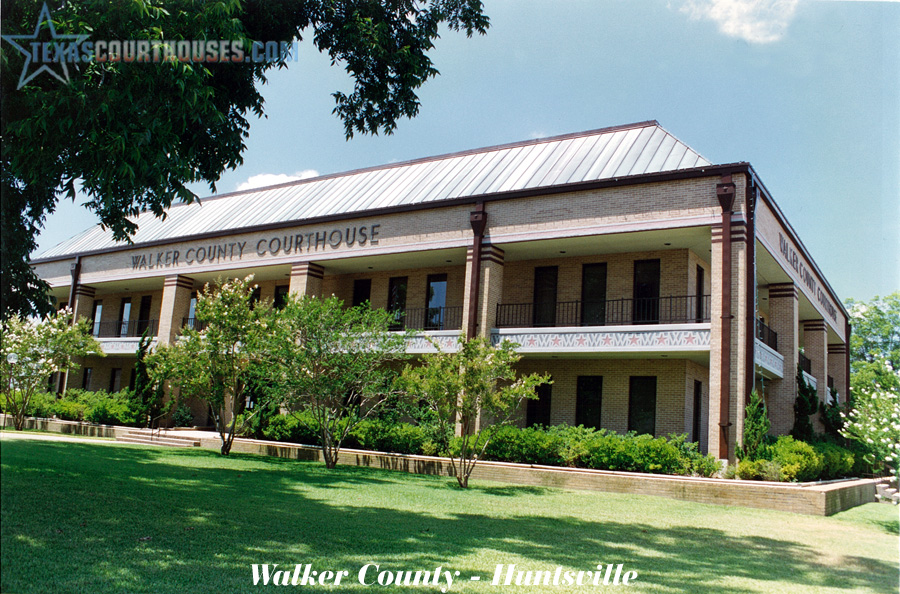1st Courthouse
Building Completion Date: 1872
County Seat: Floresville
Present Status: Gone. Burned 1884
2nd Courthouse
Building Completion Date: 1884
County Seat: Floresville
Present Status: Existing. Active.
Architect: Alfred Giles
Architectural Style: Italianate
General Contractor: Col. Sidney Mead
Building Materials/Description: 2-story, brick, (later stuccoed) $27,400
National Register Narrative
Located on the public square of Floresville, the Wilson County Courthouse was designed by the prominent Texas architect, Alfred Giles and was completed in 1884. The two story stuccoed brick structure with its dominating tower exhibits many Italianate architectural elements – an unusual style for 19th Century Texas courthouses. One of the building’s most distinguishing features is its balance. Although the structure has been remodeled, the building originally displayed a “T” shape floor plan. The front or SW elevation demonstrates a symmetrical facade with a statue standing atop the central gabled bay. Along with the outer elevations the front facade is pierced on the ground floor with segmental arched windows and round arch openings in the second floor. Quoins provide visual support at every corner, while string courses unite these quoins and the hood molds on each floor. One-story porticos supported by two columns and surmounted with a balustrade mark the entrances on three facades (the rear portico was altered when a rear addition was constructed). A sheetmetal cornice with supporting brackets and consoles terminates the pressed tin roof. Crowning the structure, a large pyramidal tower pierces the sky and provides the most recognizable aspect of the courthouse.
The interior contains offices and jury rooms in the first floor and courtroom and offices in the upper floor. Although the interior retains much of its original detailing, the exterior has received some alterations. A small room was added on the SE facade, a two-story wing was attached at the north corner and a large one-story addition extends from the east corner. These additions took place in the 1930’s and 1950’s.
Situated on the northeast corner of the courthouse square, the Wilson County Jail was constructed in 1887. Designed by the noteworthy architect James Riely Gordon the cubical jail has massive stuccoed brick walls highlighted by corner pilasters with molded capitals. Segmental arched windows with hood molds flank either side of the projecting central bay. Segmental arched hood molds cap the second floor windows of the central bay of the SW and NE facades. Dentil molding supports the cornice and a standing-seam tripped roof caps the jail.
Serving as the focal point of the small community of Floresville, the Wilson County Courthouse provides a rare example of Italianate architecture among Texas courthouses. The building, designed by Alfred Giles, was completed in 1884. Three years later, James Riely Gordon designed a new jail which was constructed at the NE corner of the courthouse square. Both Giles andGordon represent two of the finest architects in the 19th Century Texas, and numerous buildings designed by them are listed on the National Register. Giles was the architect of the Old Gillespie County Courthouse (listed in the Fredericksburg Historic District, National Register 10-1470) while Gordon designed the Ellis County Courthouse (included in the Ellis County Courthouse Historic District, National Register 4-23-75).
Formed in 1860, Wilson County relocated its county seat numerous times in its first 13 years. By 1873, a county-wide election finally established Floresville as the county seat and a wood frame building was constructed that year as a temporary courthouse. Then fire destroyed the structure in 1884 Alfred & Ailes was hired to design the present twostory courthouse. In 1887, the need for a new permanent jail became apparent, and James Riely Gordon was selected as the architect. B. L. Ried constructed the jail, and the Paley Jail Building and Manufacturing Co. of St. Louis supplied the ironwork for the cells.
Remodeled in the late 1930’s and again in the 1950’s, the Wilson County Courthouse continues to function as the seat of the government for the county. However, the old jail has been converted into additional office space for the county.


